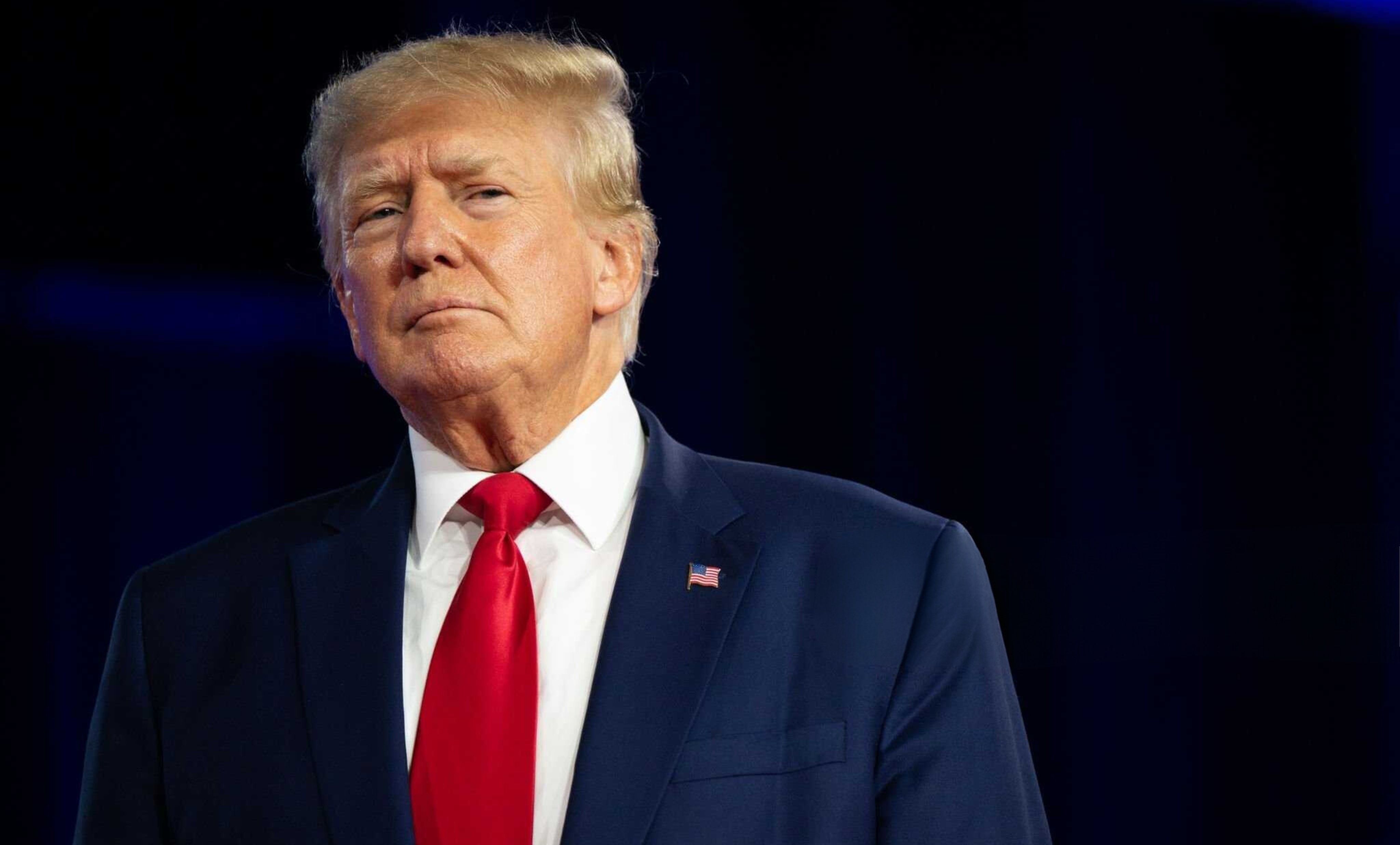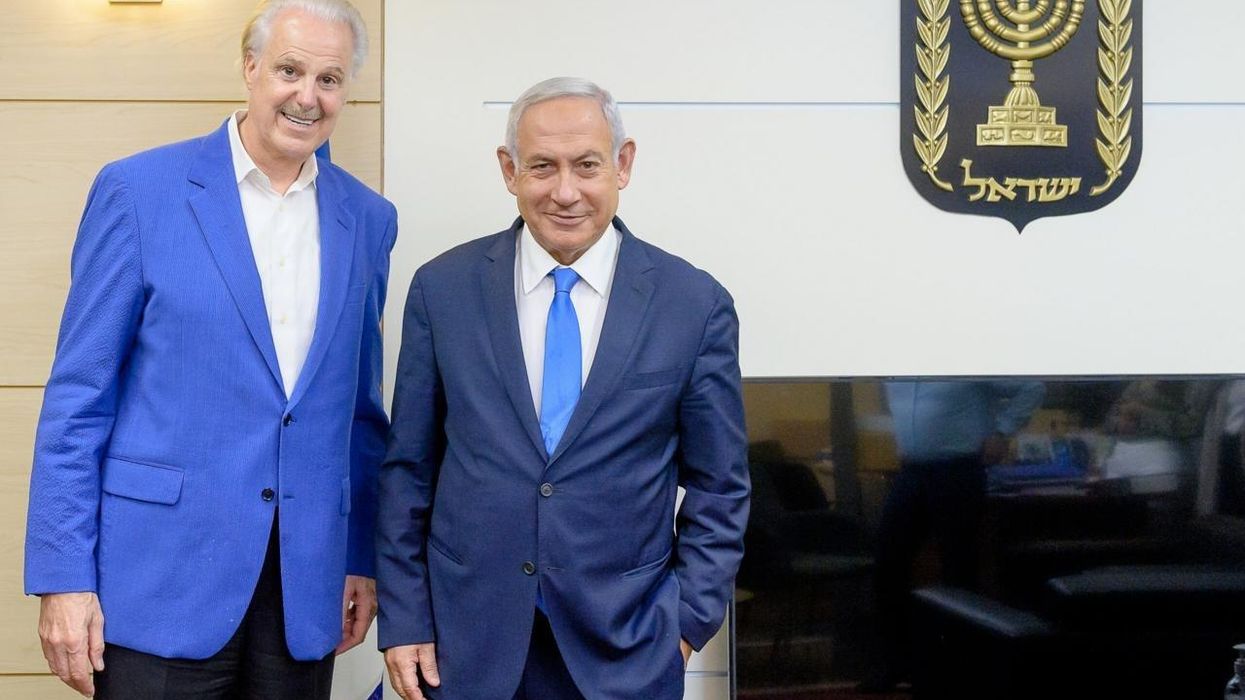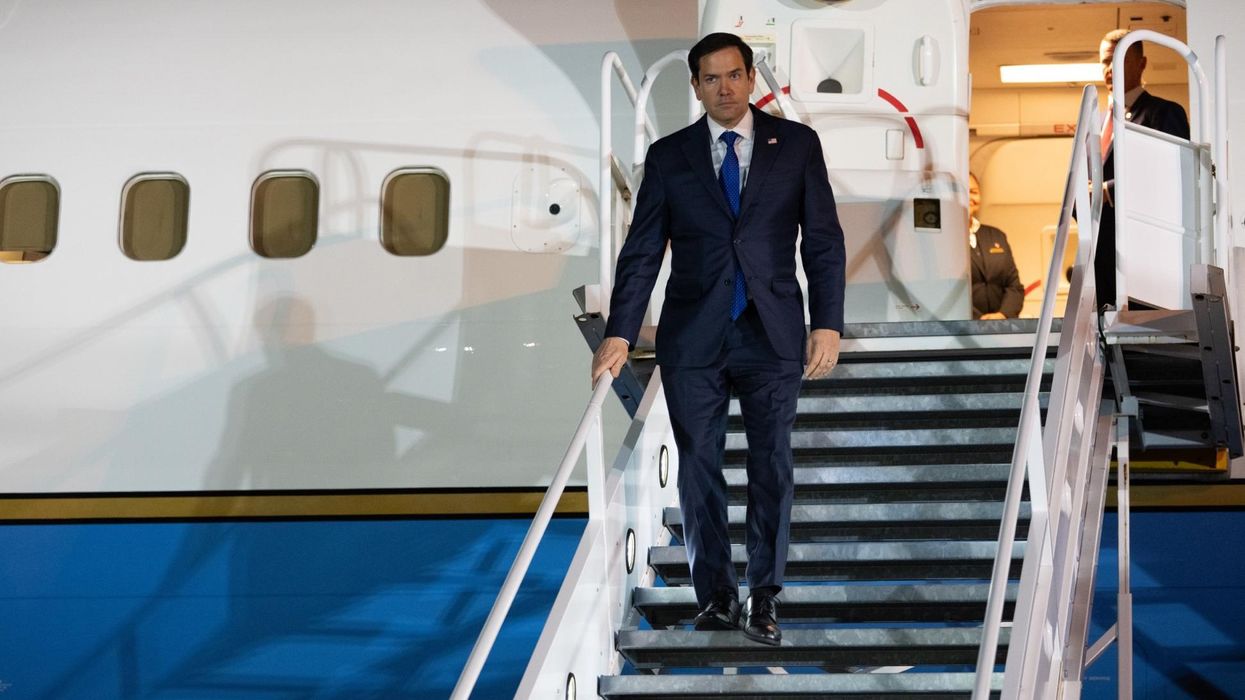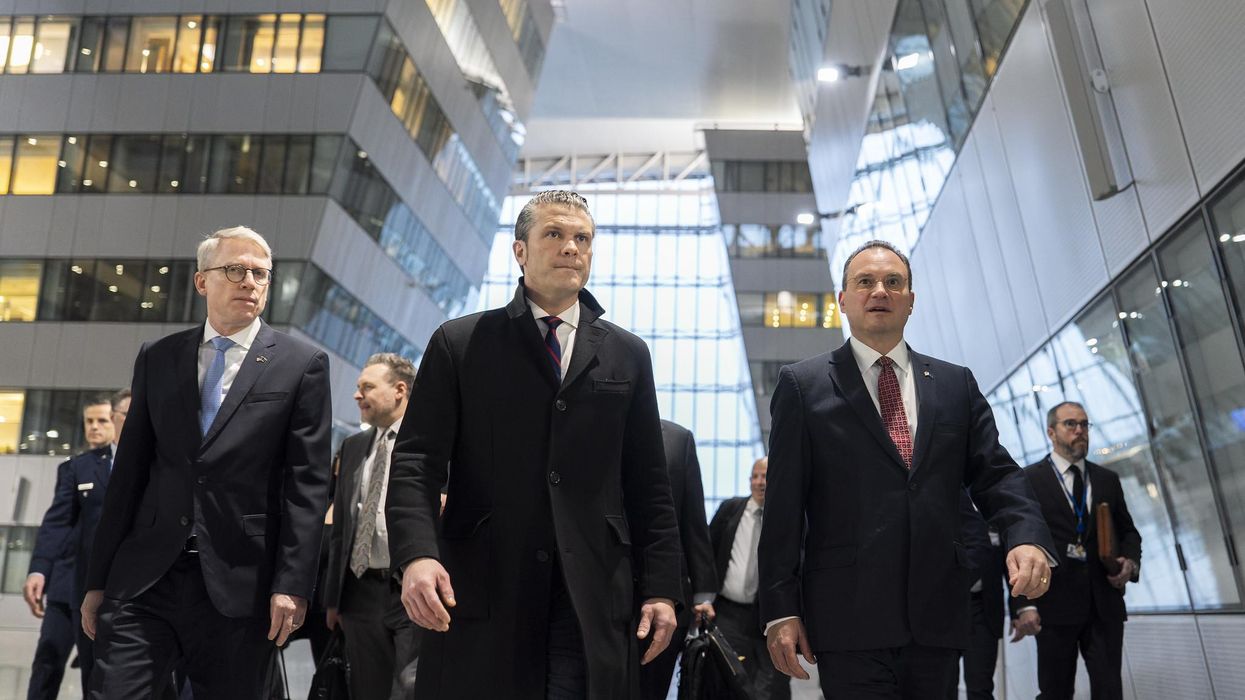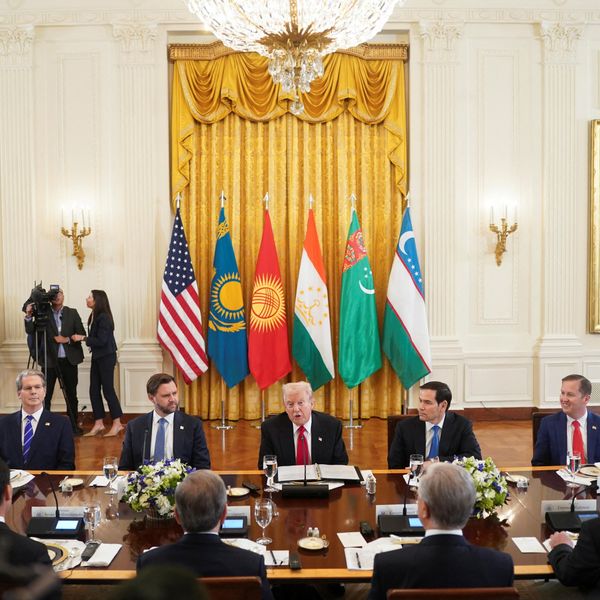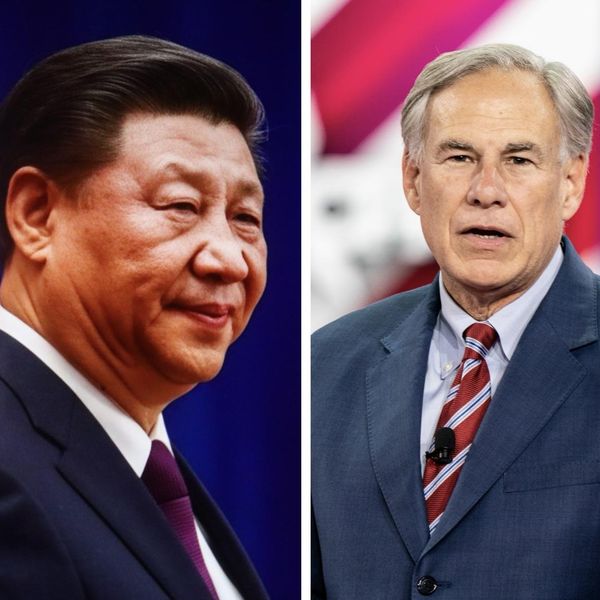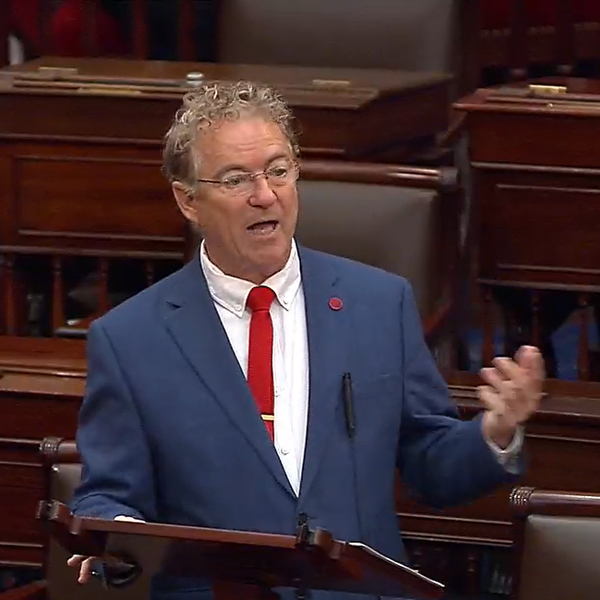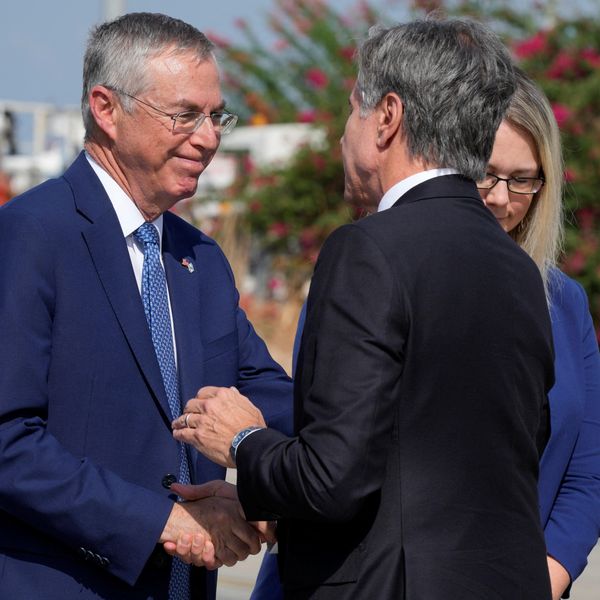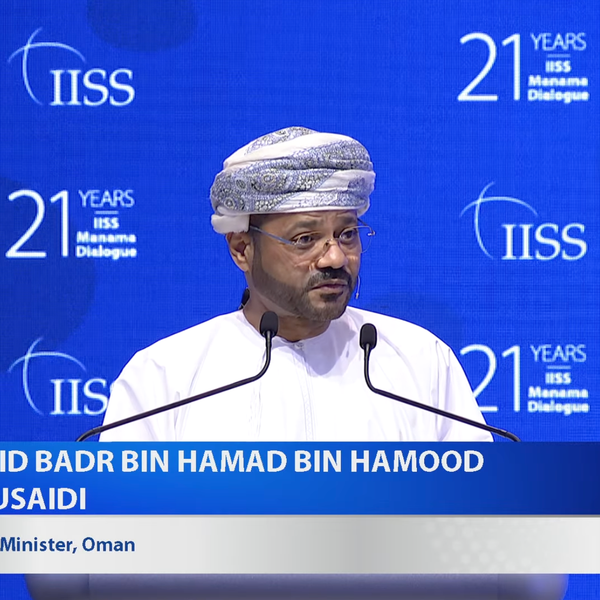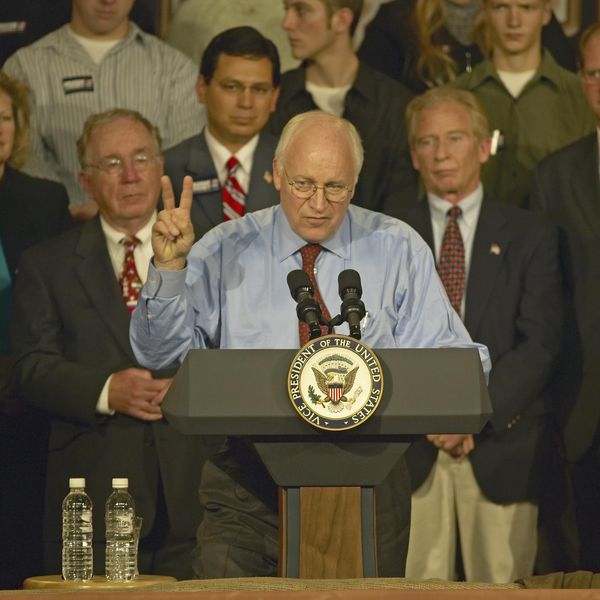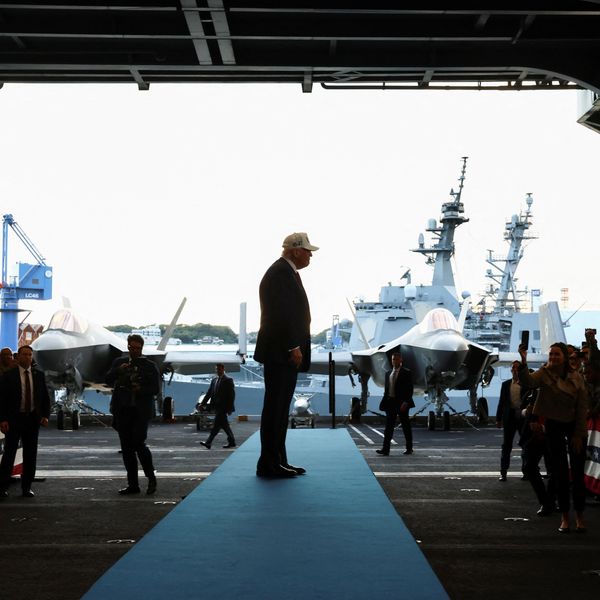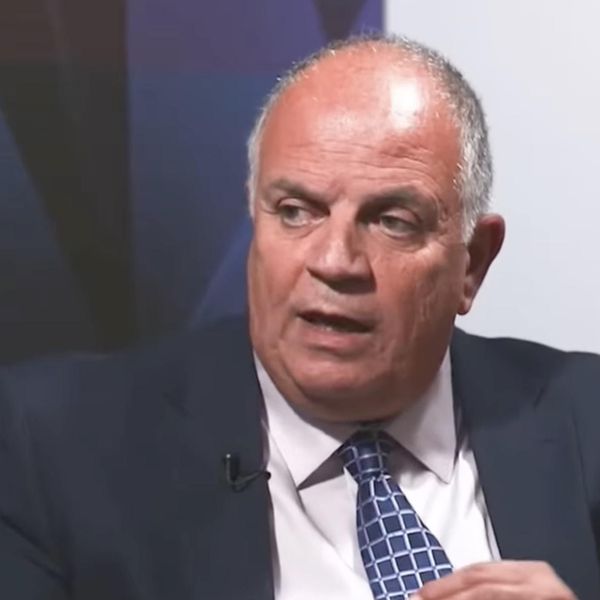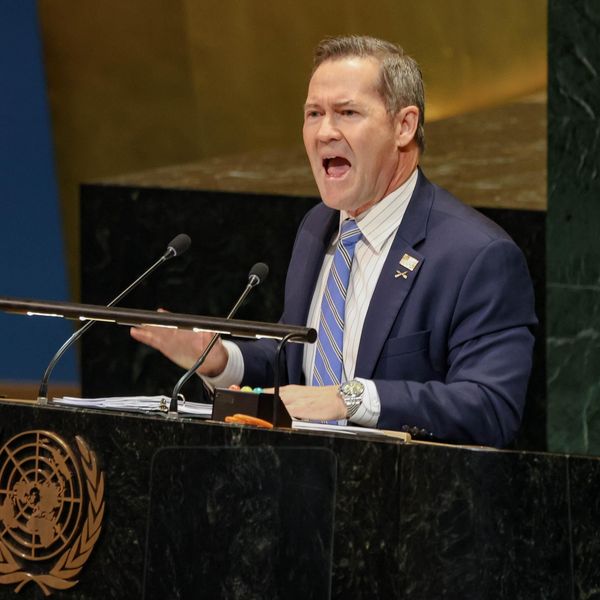As the incoming Trump administration prepares to take office on January 20, 2025, a recalibration of U.S. foreign policy priorities and broader national strategy goals is already underway. Advocates of realism and restraint welcome Trump’s emphasis on a foreign policy that prioritizes pragmatism and “peace through strength” over ideological moralism, even while liberal internationalists fear the effects of “America First” policy on multilateral alliances.
Both sides recognize, however, a need for a prudent shift from crippling foreign policy misadventures and ideational stagnation to a bold U.S. foreign policy vision in all theaters of potential competition.
Among the constellation of apparent global security hotspots, three seemingly disparate locations — Taiwan, Greenland, and the Panama Canal — have emerged as serious contenders in the geopolitical realignment of interstate competition over resources, trade and shipping routes, and political-military dominance, becoming the recent focus of President-elect Trump’s typically boisterous social media posts over the holidays.
All three, whilst geographically distant, do share a common denominator — China — a so-called “pacing challenge” deemed most intent on dislodging America’s hegemony, supplanting its economic clout, and challenging its military primacy in an increasingly multipolar world. All represent tests for the kind of foreign policy Trump says he wants to pursue, while denying Chinese encroachments in key strategic areas.
Taiwan: The flashpoint of the Indo-Pacific
Since 1979, the U.S. has maintained its commitment to Taiwan under the Taiwan Relations Act, binding the U.S. to provide Taiwan with the means to defend itself. However, navigating a delicate equilibrium between supporting the island’s democratic government, balancing U.S. interests, and managing its relations with China is proving increasingly contentious.
Officially, Washington’s policy of “strategic ambiguity” regarding its defense of Taiwan in the event of a PRC attack while officially following a “one-China policy” creates deliberate uncertainty and dual deterrence.
Considering rising tensions with Beijing over Taiwan, a growing number of U.S. analysts and officials have called for the United States to rethink “strategic ambiguity” in favor of “strategic clarity.” The emphasis on arming Taiwan as opposed to engaging the U.S. militarily in the island’s defense, is one of the many challenges awaiting the Trump administration as it bequeaths European affairs to the Europeans and steers due East.
Taiwan sits at the heart of the Indo-Pacific, a region increasingly defining global trade and international security. Its strategic importance lies not only in its role as a check against Chinese expansionism but also as a critical node in the global semiconductor supply chain used to make microchips implanted in U.S. and allied advanced military systems. Given its significant economic leverage stemming from its semiconductor manufacturing wealth, in his September 2024 interview with the Washington Post, Trump said that Taiwan should increase its defense spending from 2.6% to 10% of GDP, eliciting a reluctant European and Taiwanese response.
The U.S. should be wary, however, of unnecessarily amplifying the Chinese threat and sensationalist stories to inflate tensions for heightened effect or impose a particularly Western perspective and preconceived notions about China-Taiwan relations. A restrained approach to their bilateral affairs would allow the administration to maintain U.S. credibility, take refuge in sober and strategic intelligence and threat assessment while avoiding a tendentious military confrontation with China at worst, or a prolonged diplomatic impasse at best whilst bearing the burdensome financial and military responsibility for foreign overseas dependencies with tenuous cultural and historical connections to the United States.
For the Trump administration, a reinvigorated Taiwan policy based on diplomatic engagement rather than amped-up arms sales could serve as both a deterrent to potential Chinese aggression and a testament to the administration’s commitment to a peaceful, free, and open Indo-Pacific.
Greenland: A geostrategic key to the Arctic’s resource-rich future
Greenland is but one piece in a complex puzzle that will define the U.S. and global security agenda and guarantee the United States an unmitigated access to vast untapped reserves of rare earth minerals and hydrocarbons critical for technological and military applications. Its strategic geographic location has been catching the eye of superpowers since World War II and offers unparalleled vantage points for military and surveillance operations, making it a cornerstone of U.S. Arctic strategy.
During the German occupation of Denmark, the United States increased its presence in Greenland to prevent enemy control, establishing military bases in 1941 and investing in cryolite mining critical to aircraft production. That same year, Greenland became a U.S. protectorate, integrating American forces into its Arctic Coast Guard’s fleet defense efforts. During the Cold War, Greenland’s strategic value increased even further, prompting the U.S. to build Camp Century, a secret base that housed nuclear weapons capable of reaching the Soviet Union. Though its military importance declined post-Cold War, climate change has revived interest in the region.
Greenland’s strategic value and geopolitical importance — which has grown as the changing landscape unlocks the Arctic’s vast natural resources and shipping routes — piqued the Trump administration’s interest in purchasing the island in 2019 and again in 2024 — though mocked and dismissed by some as highly unorthodox.
Yet as historical records show, the idea is neither novel nor entirely unorthodox. Since 1867, the United States has explored and pursued multiple attempts to buy Greenland from Denmark and although the island remains an autonomous territory within the Kingdom of Denmark, a 1951 treaty grants the United States significant authority over its defense. The administration could pursue a comprehensive strategy to deepen ties with Greenland and Denmark, which retains sovereignty over the island.
Washington has voiced concerns over China’s increasing focus on the Arctic and the Russian reinvigorated militarization and reinforcement of its Arctic dominance, and has struggled with policies aimed at reestablishing American influence in the region. Investments in infrastructure, scientific research, and economic development could bolster U.S. influence in the region while countering Chinese and Russian efforts to expand their Arctic footholds through research and dual-use installations on the island and in the High North.
A robust U.S. Arctic strategy resonates with Trump’s broader themes of economic nationalism and resource security and while subject to considerable Danish resistance — the proposed Greenland Purchase — in and of itself does not deserve the ill-conceived ridicule it has thus far received.
The Panama Canal: Gateway to transcontinental trade
The Panama Canal has long been a critical artery for global trade and U.S. maritime strategy and is an essential asset in the region’s economic stability. Since 2017, China’s influence over the Panama Canal and extensive investments in infrastructure projects in the Western Hemisphere has steadily increased. From the $900 million acquisition of Margarita Island for the Panama-Colón Container Port and a $1.4 billion contract for the Canal’s fourth bridge to Chinese operations of major ports at the Canal's Pacific and Atlantic outlets to investments in energy facilities, such as a natural gas plants and water management initiatives, China has deepened its foothold in Panama and positioned itself as a strategic economic partner in the region.
The Neutrality Treaty between Panama and the United States signed on September 7, 1977 guarantees the Panama Canal's permanent neutrality, fair access to the Canal for all nations as “an international transit waterway,” and prohibits foreign military presence in Panamanian territory, with Panama retaining sole operational and administrative control. The United States, however, has reserved the right to use military force to defend the Canal's neutrality. Any real or perceived Chinese threat to the status quo could, therefore, reasonably provoke a U.S. response.
The Trump administration need not be overtly militaristic or aggressive in reclaiming strategic leverage over the Panama Canal, however. Strengthening ties with Panama’s government, increasing economic investment, and countering Chinese influence by creating incentives, opportunities, and partnerships aimed at modernizing canal infrastructure and enhancing security of shipping routes would reaffirm the U.S.’s role as the guarantor and benefactor of hemispheric stability.
Geography is destiny
Despite their distinct and often disparate politics, Taiwan, Greenland, and the Panama Canal share crucial characteristics that make them vital elements in a robust and resilient U.S. foreign policy and strategy. They serve as major chokepoints for trade and military mobility and should therefore justifiably feature in any future Pentagon and State Department policy planning.
With careful diplomacy, economic investment, and military deterrence, the Trump administration could bolster American leadership while avoiding excessive military expenditures and morally costly entanglements.
- Trump can leverage the Arctic to end Ukraine War ›
- Will Trump keep promise to rein in War, Inc.? ›
- The US will have a Happy New Year if Trump takes 4 pieces of advice ›
- Trump: 'our power will stop all wars' | Responsible Statecraft ›
- Trump’s China policy: A complete unknown? | Responsible Statecraft ›
- US troops headed to Panama | Responsible Statecraft ›
- Manifrost destiny? Trump losing of real opportunity in the Arctic | Responsible Statecraft ›
- Want Greenland? It should be courted, not coerced | Responsible Statecraft ›

